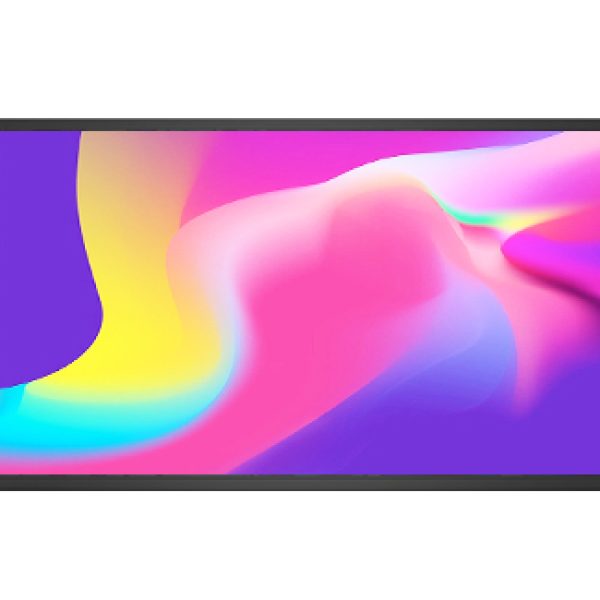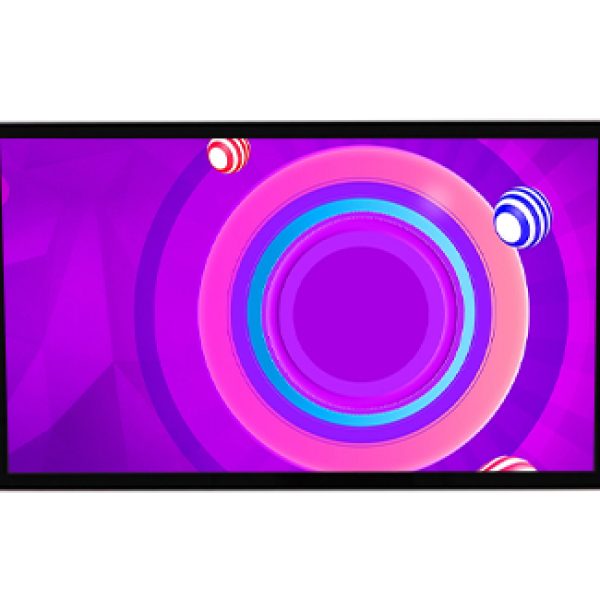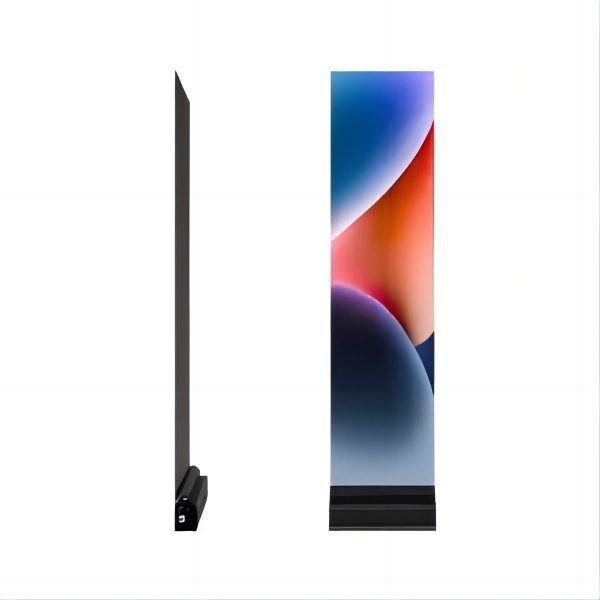-
Digital LED Display
Digital LCD Advertising Display
-
Digital LED Display
Digital Signage Interactive LED Display
-
Digital LED Display
Indoor Lcd Screen Digital Signage
-
Digital LED Display
LED Digital Signage Display
-
Digital LED Display
Led Holographic Screen
-
Digital LED Display
Mini Digital LED Display
What is a Digital LED Display?
Digital LED Displays are advanced electronic panels that use light-emitting diodes (LEDs) to create clear and vibrant visual content. These displays are designed for both indoor and outdoor use, providing high brightness and contrast levels that make them visible even in direct sunlight. Digital LED Displays are versatile tools used for advertising, information dissemination, and entertainment, offering superior image quality and dynamic content capabilities.
Features of Digital LED Display:
- High Brightness and Contrast: Ensures visibility in various lighting conditions, making them suitable for outdoor environments.
- Energy Efficiency: Uses less power compared to traditional digital displays, leading to lower operational costs.
- Long Lifespan: Built to last, these displays offer a significantly longer operational life, reducing the need for frequent replacements.
- Dynamic Content Management: Allows for real-time content updates and remote management, making them highly adaptable to different contexts.
- Seamless Integration: Designed to be integrated effortlessly into various architectural styles and settings.
Functions of Digital LED Display:
- Advertising: Captures the attention of passersby with vivid advertisements, promoting products and services effectively.
- Information Sharing: Displays real-time information such as news, weather updates, and traffic advisories.
- Event Broadcasting: Used in concerts, sports events, and other public gatherings to broadcast live events and enhance viewer engagement.
- Interactive Displays: Some models support interactive functionalities, enhancing user engagement through touch screens and gesture recognition.
Types of Digital LED Display:
- Indoor Displays: Designed with finer pixel pitches for clear viewing at closer distances, ideal for malls, airports, and conference centers.
- Outdoor Displays: Built to withstand environmental elements, these displays feature higher brightness and rugged construction for public spaces.
- Fixed Installation: Permanently installed displays that are ideal for digital billboards, corporate lobbies, and permanent venue installations.
- Mobile Displays: Portable solutions for events and temporary setups, offering flexibility and ease of use.
Applications of Digital LED Display:
- Retail: Enhances the shopping experience by promoting sales and broadcasting engaging content directly at point of sale.
- Education: Facilitates learning through dynamic educational content and interactive school announcements.
- Healthcare: Used in waiting areas to provide patient education, facility directions, and important health advisories.
- Transportation: Displays schedules, delays, and critical alerts in airports, train stations, and bus terminals.
Precautions and Common Issues When Using Digital LED Displays:
- Weather Resistance: Ensure the display is suitable for local weather conditions to avoid damage from rain, wind, or excessive heat.
- Regular Maintenance: Routine checks and maintenance to prevent issues related to brightness degradation and color uniformity.
- Content Management: Secure and efficient content management systems are necessary to prevent unauthorized access and ensure timely updates.
- Installation: Proper installation by professionals is crucial to avoid structural and operational issues.
By understanding these aspects, businesses and organizations can better utilize Digital LED Displays to meet their visual communication needs effectively, enhancing both functionality and engagement in various environments.










